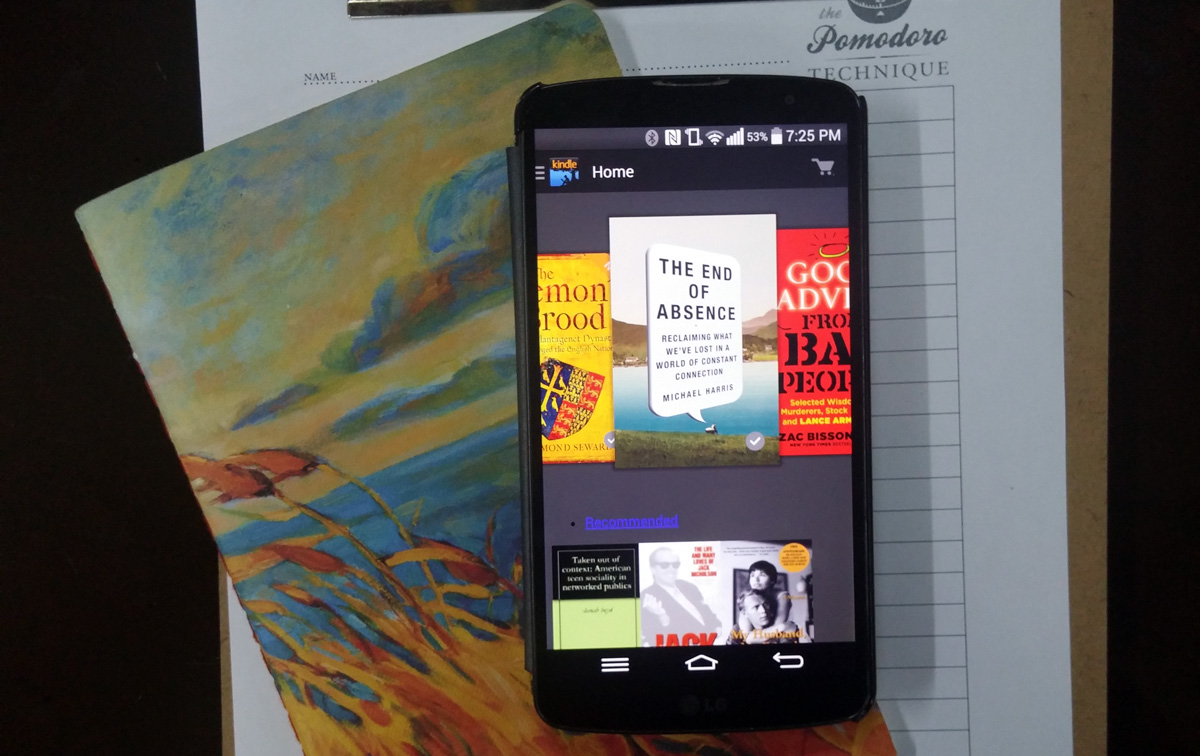The silence of President Aquino on the murder of a Filipino transgender by a member of the United States Marine Corps more than a week ago in Olongapo City is deafening.
Jennifer Laude, 26, a citizen of this country was killed brutally (severely beaten, strangled, drowned , her head shoved in the toilet bowl) almost midnight of Oct. 11 by Private First Class Joseph Scott Pemberton, who is here as part of the PH-US military exercises.
More than a week has passed and not a word of concern from the President of the Philippines.
No representative from Malacañang nor from the Department of Foreign Affairs has visited the grieving family of Laude.
Foreign Affairs Spokesman Charles Jose said a staff of the Department of Social Welfare and Development met with the Laude family which shows that the Aquino government does not consider this case as a foreign affairs issue. To them, it’s a social services matter no different from a people drowning in floods.
If the silence of the President is deafening, the statements coming from his spokespersons are appalling showing their ignorance on the issue that affects the integrity and sovereignty of the country.
Last Friday, to justify the lack of interest of the Aquino government in asserting the Philippine government’s right to have custody of Pemberton, deputy presidential spokesperson Abigail Valte, told reporters “We have a standing agreement with the US that in cases like these, the Philippines has criminal jurisdiction, while the US has custody over the suspect. The same agreement does not stop us from asking for custody.”
What agreement is Valte talking about? There is no agreement, standing or sitting, that gives the US automatic custody over the suspect without the consent of the Philippine government.
If Valte was referring to the agreement signed by then Foreign Secretary Alberto Romulo and U.S. Ambassador Kristie Kenny in 2006 on the controversial detention of Lance Corporal Daniel Smith who was convicted of rape of a Filipina in Subic, that was declared by the Supreme Court illegal, in violation of the PH-US Visiting Force Agreement that governs the legality of the presence of American soldiers in the country.
The February 2009 SC decision penned by Associate Justice Adolfo S. Azcuna states,
“… the Romulo-Kenney Agreements of December 19 and 22, 2006 are DECLARED not in accordance with the VFA, and respondent Secretary of Foreign Affairs is hereby ordered to forthwith negotiate with the United States representatives for the appropriate agreement on detention facilities under Philippine authorities as provided in Art. V, Sec. 10 of the VFA….”
Art. V, Sec. 10 of the VFA provides that “The confinement or detention by Philippine authorities of United States personnel shall be carried out in facilities agreed on by appropriate Philippine and United States authorities.”
The Feb. 2009 decision by the High Court tackled the issue of detention after conviction, which was what was being questioned in the complaint, and not during trial.
The SC decision states,” It is clear that the parties to the VFA recognized the difference between custody during the trial and detention after conviction, because they provided for a specific arrangement to cover detention. And this specific arrangement clearly states not only that the detention shall be carried out in facilities agreed on by authorities of both parties, but also that the detention shall be “by Philippine authorities.” Therefore, the Romulo-Kenney Agreements of December 19 and 22, 2006, which are agreements on the detention of the accused in the United States Embassy, are not in accord with the VFA itself because such detention is not “by Philippine authorities.”
Harry Roque, the lawyer of the Laude family, said the Aquino government erred big-time when it surrendered custody over Pemberton without even the Americans asking for it.
Article V Section 6 of the VFA , “the custody of any United States personnel over whom the Philippines is to exercise jurisdiction shall immediately reside with United States military authorities, if they so request…”
Justice Undersecretary Jose Justiniano is of the same opinion as Roque that under the VFA, in order for the US government to have custody, they have to make a request.
“The law stated that the US government has to take a request, so, the implication is that we do have the primary custody.”
The U.S. government did not have to make a request for custody over Pemberton because the Aquino government gave it up voluntarily. That’s why it’s lamentable to hear DFA Spokesman Charles Jose and VFA Commission head Eduardo Oban bowing to US authority over Pemberton with nary an effort to assert Philippine authority over an offender in Philippine territory.
As we mourn the death of Jennifer Laude, we should also weep over our government officials’ surrender to the Americans of Philippine dignity and sovereignty.


